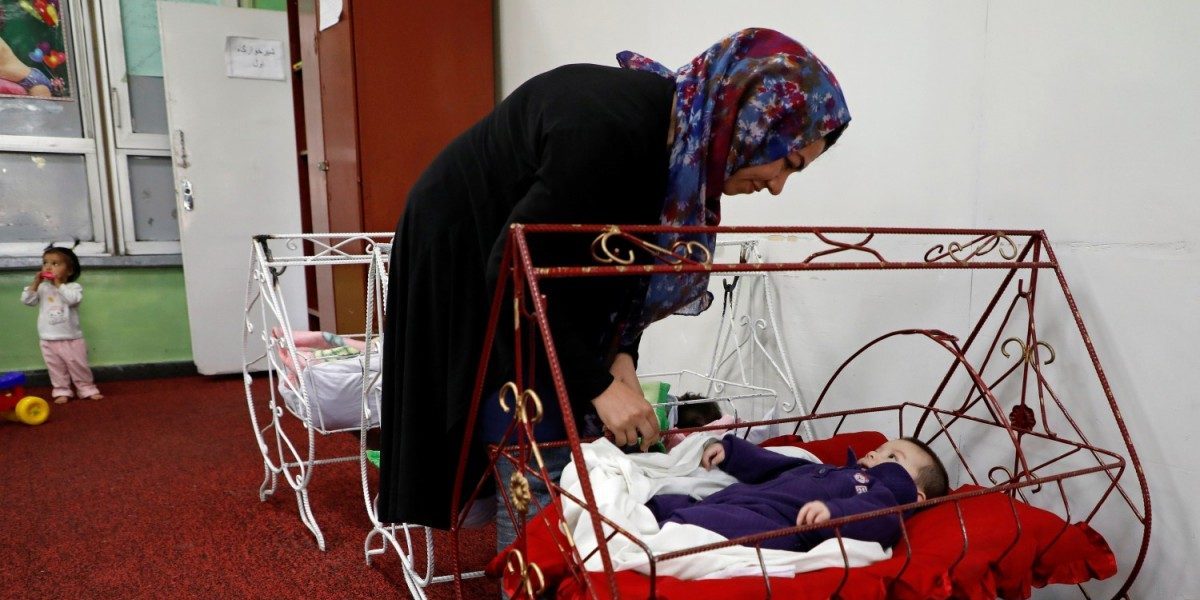Table of Content
- Average Annual Spending by Single Women
- How Women and Men Spend Their Time, 2015
- Ratio of Women’s to Men’s Earnings by Occupation
- ARE YOU A CATHOLIC BUSINESS? COME WORK WITH ME!
- Laws protecting women's rights as workers
- In the late 1800s what women were most likely to work outside the home?
- Areas of study
Women and girls are called by God to rely on God through their father and then their husband. This means that men are called to provide for their daughters or and their wife. Each Catholic home has a man who is responsible for providing for himself and everyone he is responsible for in that home. Well, due to the level of concentration and dedication required, I do not believe that women with young children should be in full-time education. If you feel called to religious life, make sure that whatever course you choose to embark on will be compatible with your vocation.

Women account for two-thirds of America's trillion-dollar student debt, holding an average of $31,000 before they start their careers. A number of occupations became "professionalized" through the 19th and 20th centuries, gaining regulatory bodies, and passing laws or regulations requiring particular higher educational requirements. As women's access to higher education was often limited, this effectively restricted women's participation in these professionalizing occupations. For instance, women were completely forbidden access to Cambridge University until 1868, and were encumbered with a variety of restrictions until 1987 when the university adopted an equal opportunity policy. Even where access to higher education is formally available, women's access to the full range of occupational choices is significantly limited where access to primary education is limited through social custom.
Average Annual Spending by Single Women
Working for livelihood or any other purpose is a human right. Women make up an essential part of our economic fabric; still, their work is not valued and appreciated. Working outside home or doing a job, allows you to connect with different people from diverse backgrounds. Interacting with different people opens your mind and broadens your perspectives. Having your own self-identity in this society is very important for your own growth and confidence. Whether it is your personal relationship, association, and financial issues, working ladies are independent to take their own decision.
If she stays home to raise each of those infant children , then her last child will be of full school kindergarten age approximately 11 years after she had her first child. Rome, along with most ancient societies, were patriarchal. Why this is so is probably due to anthropological antecedents. Since men did not bear children, they were free to go outside the home to hunt or trade, or plow, or herd; and ultimately to run governments. Since the women had to stay home to nurse and teach the children, their ability to take place in the marketplace of ideas was limited. -- Given the choice between working or staying home to take care of the house and family, a record-high 66% of U.S. adults would prefer to work.
How Women and Men Spend Their Time, 2015
I am in the same position as you, my wife became disabled and she has long term neck and back problems that make it very difficult for her to do even the smallest amount of physical labor even around the house. So I do most of the cooking, vacuuming and laundry around our house. Sometimes she will help out by washing the dishes or doing some laundry, but she pays a great physical price for doing so.
Women in lower wage jobs are more likely to be subject to wage discrimination. They are more likely to bring home far less than their male counterparts with equal job status, and get far less help with housework from their husbands than the high-earning women. Women with low educational attainment entering the workforce in mass quantity lowered earnings for some men, as the women brought about a lot more job competition. The lowered relative earnings of the men and increase in birth control made marriage prospects harder for lower income women.
Ratio of Women’s to Men’s Earnings by Occupation
However, sex segregation can happen by women's and men's own choices of different occupations. This rise suggests that while the incentive—and in many cases the imperative—remained for women to drop out of the labor market at marriage when they could rely on their husband’s income, mores were changing. In the early 20th century, most women in the United States did not work outside the home, and those who did were primarily young and unmarried.

If you can afford this expensive hobby then there is no problem with that. My kids are grown, but back when they were toddlers I started working 12 to 14 hours per week at a local library. My kids stayed for the few hours with my husband, my parents, or a mom of one of their friends. It worked out nicely and I had a ton of time for church and school volunteer work. But I guess we will have to agree to disagree about the gift of stay at home motherhood.
ARE YOU A CATHOLIC BUSINESS? COME WORK WITH ME!
While some have the perspective that a woman should stay home to care for her husband and keep the house clean, this isn't what usually happens. Family support became more important than ever after the Stock Market Crash of 1929. Shortly after Perkins delivered her speech in 1930, U.S. unemployment hit a rate of 25 percent nationally—and the question of whether married women should hold jobs became even more controversial. In 1906, the government found that the average weekly factory wage for a woman ranged from 11s 3d to 18s 8d, whereas a man's average weekly wage was around 25s 9d. Employers stated they preferred to hire women, because they could be "more easily induced to undergo severe bodily fatigue than men". Childminding was another necessary expense for many women working in factories.

The very fact that these types of jobs require such long hours likely discourages some women—as well as men—from pursuing these career tracks. Advances in technology have facilitated greater work-sharing and flexibility in scheduling, and there are further opportunities in this direction. Economic models also suggest that while it can be difficult for any one employer to move to a model with shorter hours, if many firms were to change their model, they and their workers could all be better off. This would have a disproportionately large effect on women who continue to bear the lion’s share of domestic and child-rearing responsibilities. Sometimes, children don't have anything to do with it. The vast majority of women who don't have children work at an outside job.
Women who work outside the home should not be condemned, and neither should women who focus on the stewardship of the home be treated with condescension. Whether or not a woman works outside of the home is a decision she and her family have to make. Whether she is single, married, or has children, each situation is individual so there is no simple "yes" or "no" that can be given.

I set my own hours, I am able to work from home and also focus on my family and marriage. I also love children and I had no intention whatsoever of not being there for my family. Many traditional women who have large families find that a job in itself and most do not return to the workforce, especially outside of the home. The exception is if the woman has lost her husband and her children are grown. The estimates of time use shown in slide 2 are averages for the civilian noninstitutional population.


















